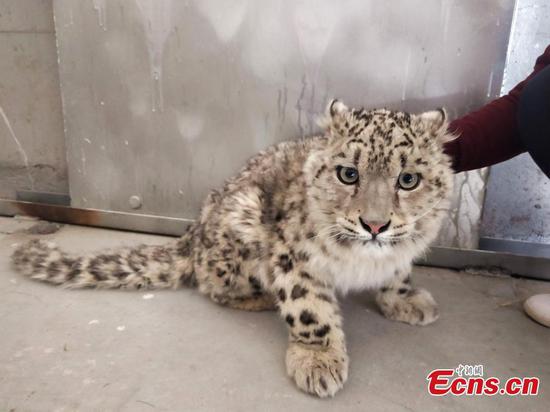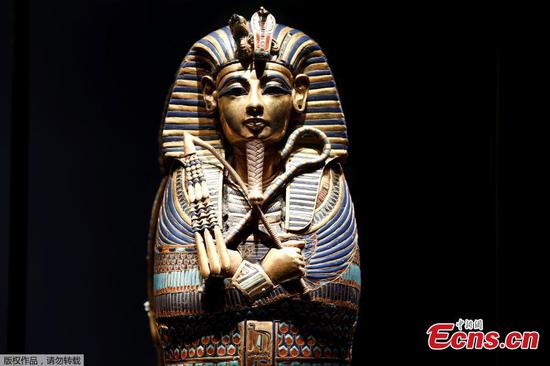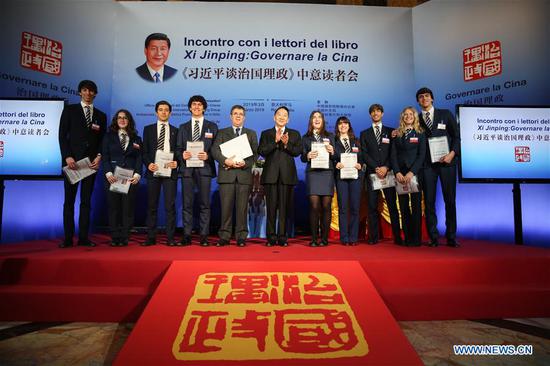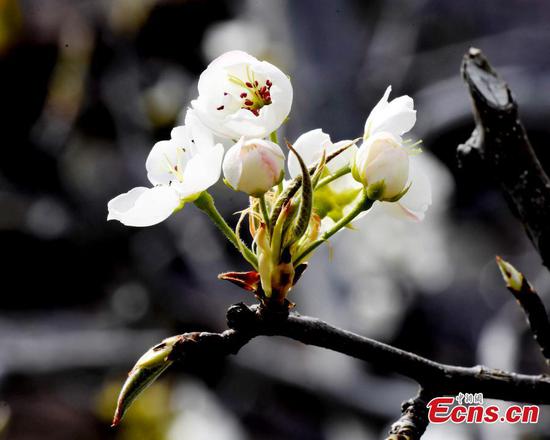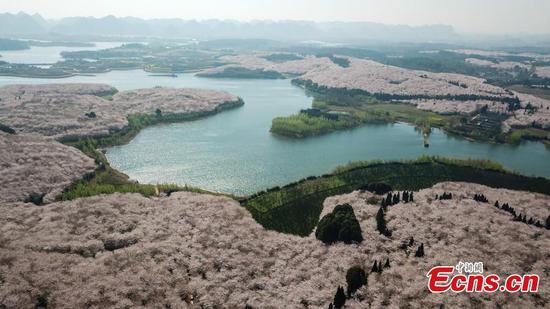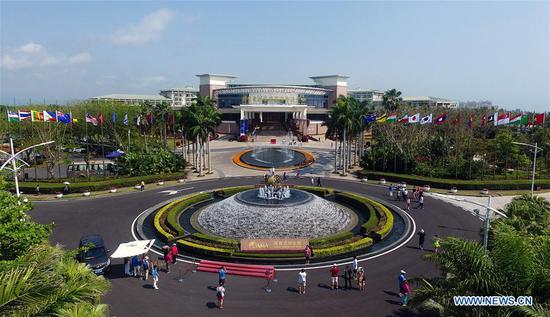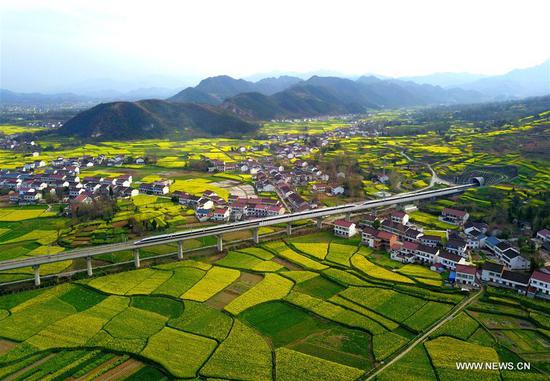Researchers have unearthed a trove of well-preserved fossils representing more than 50 previously undescribed animal species dating back 518 million years.
The soft tissues of their bodies, including muscles, organs, eyes and mouths are still visible in some of the 4,351 fossils discovered in Yichang, Hubei province, according to a new study published in the journal Science on Friday. The excavated fossils represent 109 species, including known jelly fish, arthropods and algae.
Fu Dongjing, associate professor at Northwest University in Xi'an, Shaanxi, also the first author of the paper, said the research group started exploring the ancient ruins in the summer of 2007, in Changyang Tujia autonomous county. It was located on the bank of Qingjiang River where a representative insect from the Cambrian period was first found.
The new trove of fossils called the Qingjiang biota-the living organisms of a region-have the potential to greatly inform the understanding of early animal evolution, according to the study.
About 542 million years ago, life on earth diversified at an extremely rapid pace, known as the Cambrian explosion. Almost all present animal categories appeared at that time. Many creatures went extinct in the process of evolution, but others became the initial form of future organisms.
So far, distinct fossils from the Cambrian explosion with outlines of soft tissue have been found at the Burgess Shale in Canada, as well as some by the Chengjiang River in Yunnan province. The newly discovered fossils provide a completely different ecosystem of organisms that lived around the same time, the study said.
Unlike other Cambrian fossil troves, the Qingjiang biota appears to contain a high proportion of jellyfish and comb jellies, which are extremely rare at other sites.
Zhang Xingliang, a professor at Northwest University and co-author of the paper, said that compared with the Chengjiang biota in the shallow water along the coast, Qingjiang biota lived in deep ocean, making the two biota complementary in their scientific significance.
"The treasure trove of the Qingjiang biota provides an exciting opportunity to explore how paleoenvironmental conditions influenced ecological structuring and evolutionary drivers during the Cambrian explosion," said Allison Daley, a paleontologist at the University of Lausanne in Switzerland, who was not involved in the study.
Xinhua contributed to this story.















